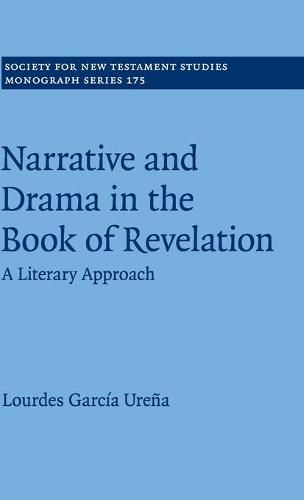Readings Newsletter
Become a Readings Member to make your shopping experience even easier.
Sign in or sign up for free!
You’re not far away from qualifying for FREE standard shipping within Australia
You’ve qualified for FREE standard shipping within Australia
The cart is loading…






The Book of Revelation is one of the most cryptic books of the Bible and one that raises many scholarly questions. What is its literary genre? Why is it considered to be both a narrative and a drama? Why does John disregard time-space coordinates? Why does the audience have such an important role in the text? What literary guidelines has the author designed to facilitate the reading of the book? Applying the methods of literary theory to her study, Lourdes Garcia-Urena argues that John wrote Revelation as a book to be read aloud in a liturgical context. In her reading, John chose a literary form, similar to the short story, that allows him to use time-space coordinates flexibly, to dramatize the text, and to take his time in describing his visions. Through these techniques the audience re-lives and is made part of the visual and auditory experience every time the book is read.
$9.00 standard shipping within Australia
FREE standard shipping within Australia for orders over $100.00
Express & International shipping calculated at checkout
The Book of Revelation is one of the most cryptic books of the Bible and one that raises many scholarly questions. What is its literary genre? Why is it considered to be both a narrative and a drama? Why does John disregard time-space coordinates? Why does the audience have such an important role in the text? What literary guidelines has the author designed to facilitate the reading of the book? Applying the methods of literary theory to her study, Lourdes Garcia-Urena argues that John wrote Revelation as a book to be read aloud in a liturgical context. In her reading, John chose a literary form, similar to the short story, that allows him to use time-space coordinates flexibly, to dramatize the text, and to take his time in describing his visions. Through these techniques the audience re-lives and is made part of the visual and auditory experience every time the book is read.